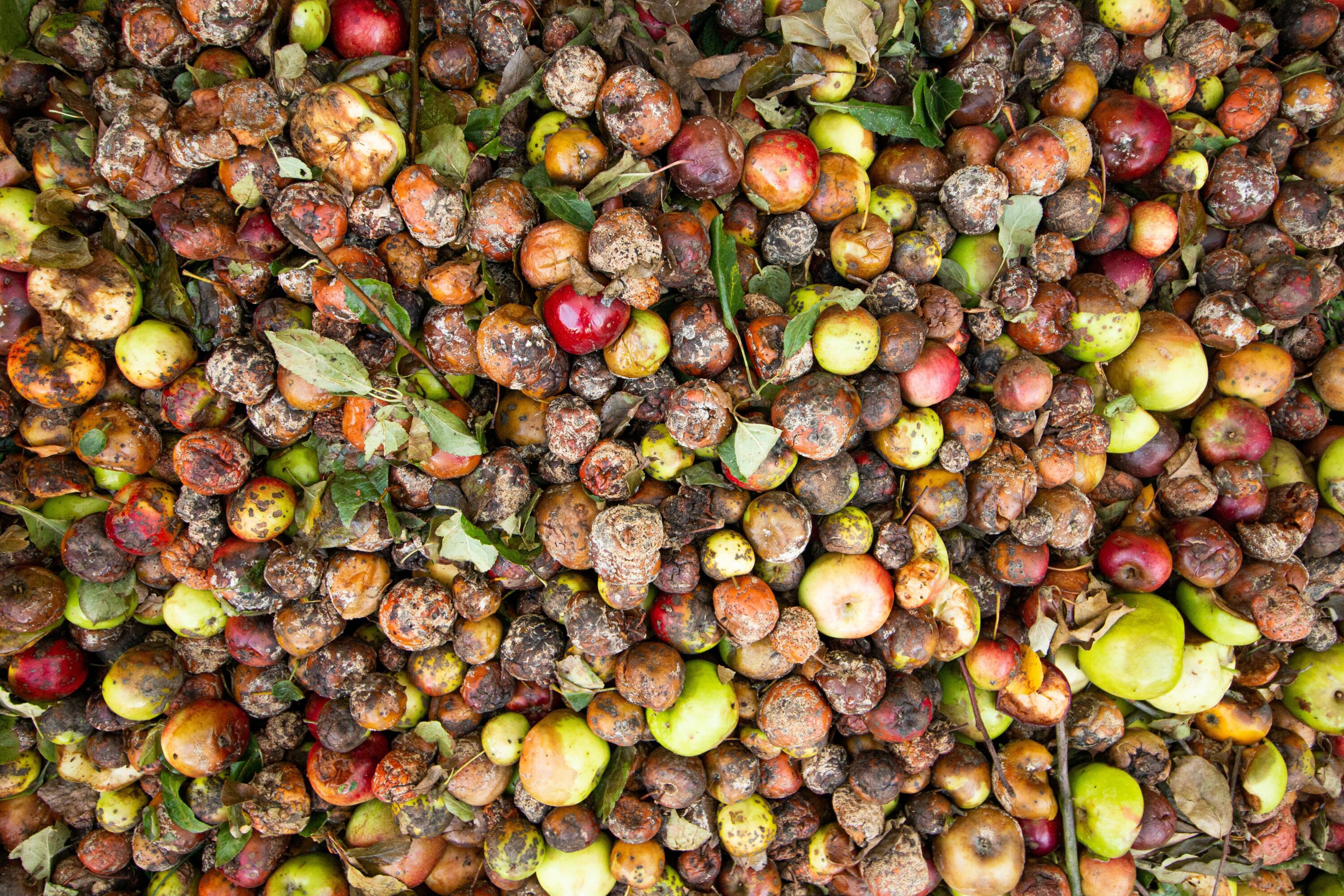Dynamic pricing of groceries, or reducing prices as perishable items approach their expiration date, could reduce food waste from grocery retailers by 21% or more, a study from UC San Diego’s Rady School of Management released Tuesday found.
During decomposition, organic waste releases the greenhouse gas methane. Globally, food waste releases up to 10% of worldwide annual greenhouse gas emissions. Last year, California rolled out a residential composting program, and the state Legislature recently introduced a bill to rein in “sell by” dates from manufactures, which prompts consumers to needlessly throw out food, the researchers say.
The Rady School study, to be published in Marketing Science, evaluates two programs meant to divert waste from landfills: organic waste bans, which have been introduced in nine U.S. states — including California — and dynamic pricing, which is more popular outside the U.S.
“Oddly enough, fewer than 25% of U.S. grocery retailers offer any kind of dynamic pricing at all, while most hotels and airlines will discount rooms and seats when they have a surplus,” said the paper’s author, Robert Sanders, an assistant professor of marketing and analytics at the Rady School. “However, this research shows that the increased price flexibility of discounting food that is about to expire significantly reduces food waste and increases profit margins among retailers.”
More than 10% of food waste comes from grocery retailers who throw out surplus perishables past their expiration date, Sanders found.
The organic waste ban in California requires businesses generating at least two cubic yards of waste to recycle their organic waste by composting or donation.
Dynamic pricing, on the other hand, “spurs retailers to throw less food out to begin with by applying an algorithm that determines when grocery stores should reduce the price of perishables depending on their inventory and expiration date,” a statement from UCSD reads. With dynamic pricing, vendors can change the price of food multiple times a day.
Sanders’ analysis found dynamic pricing reduces waste by 21% on average while increasing grocery chains’ gross margins by 3%. In contrast, an organic waste ban, even if it increased the cost of sending perishables to a landfill by 10 times the amount it does Tuesday, reduces waste by only 4% and decreases gross margins about 1%.
“If regulators want to directly reduce grocery-store waste, they should incentivize grocery chains to adopt dynamic pricing over imposing organic waste bans or waste taxes,” Sanders said. “It is also a market-based solution that the retailers themselves could implement.”
An added benefit of dynamic pricing is that it makes perishables more affordable, while organic waste bans slightly harm consumers by reducing retailers’ inventories, Sanders found.
The paper’s analysis is based on an economic model that “characterizes a grocery retailer’s behavior, as grocers have to decide how much product to order before they know how much will sell prior to hitting its expiration date,” the UCSD statement reads. To test the predictions of the model, Sanders used data from the artisanal bread category of Pick ‘n Save, a large Midwestern grocery chain.







